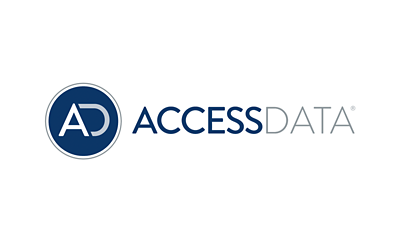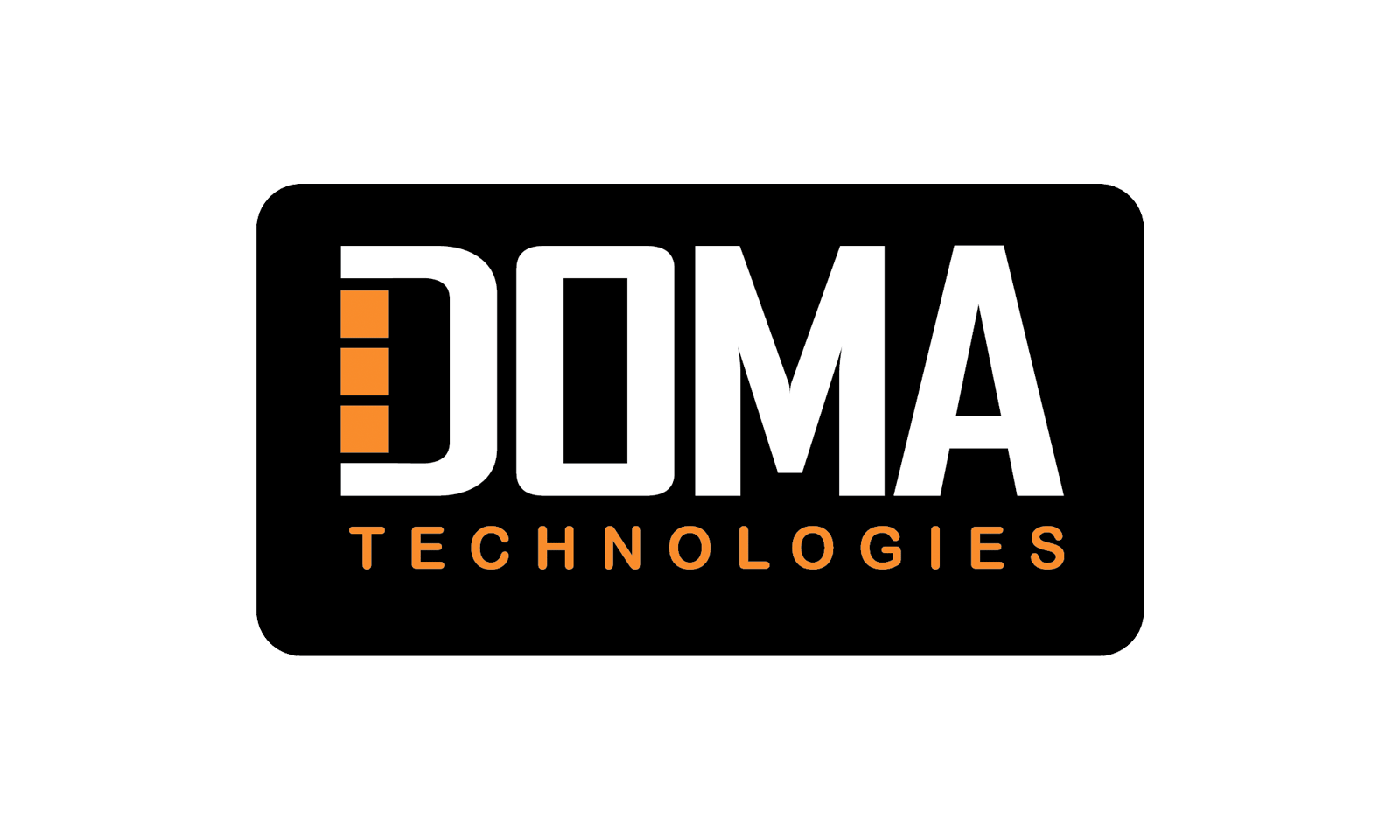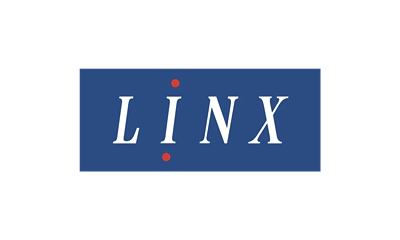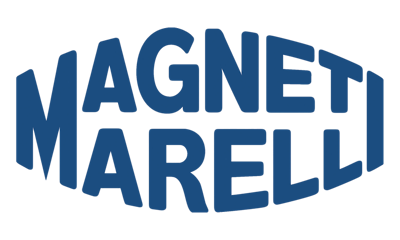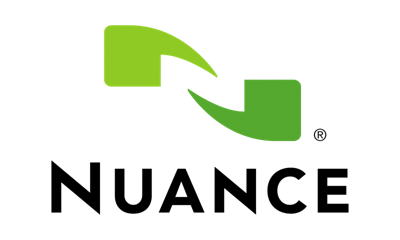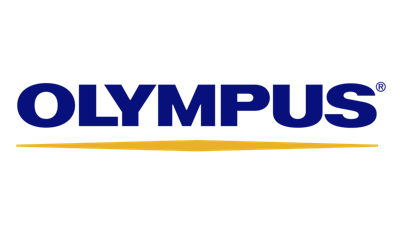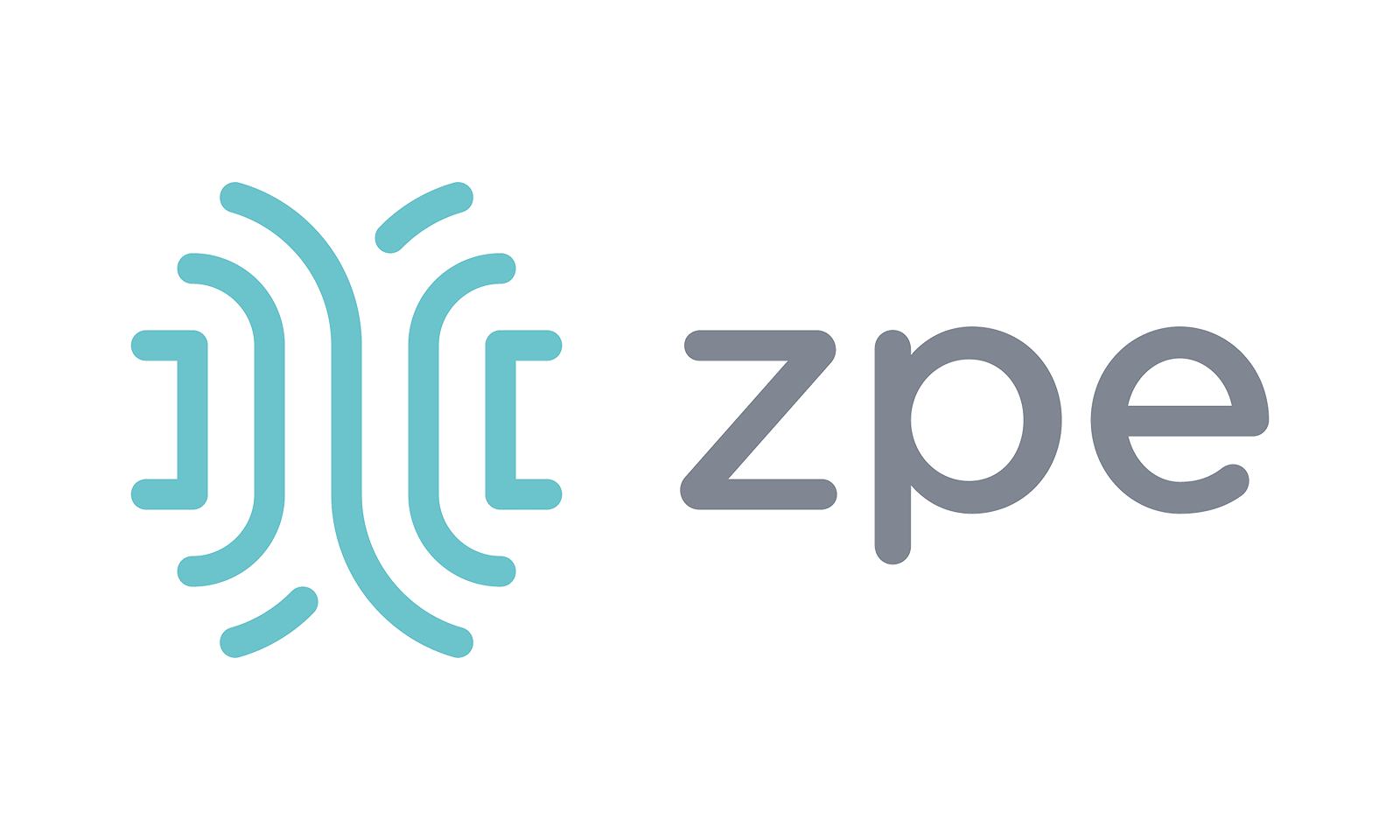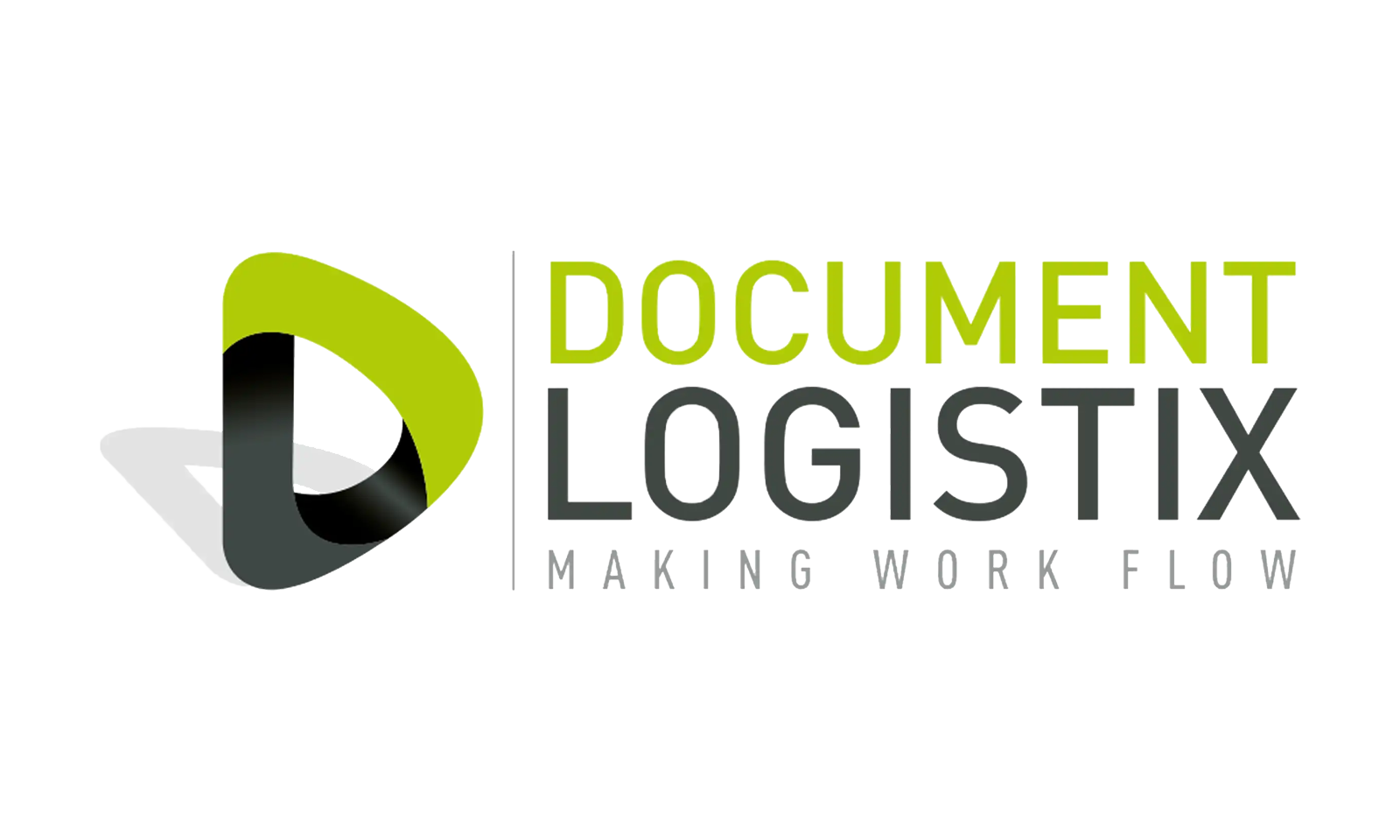Software Risk Manager is an application security posture management (ASPM) solution that enables security and development teams to manage their application security programs at enterprise scale. By unifying policy, test orchestration, correlation, prioritization, and built-in static application security testing (SAST) and software composition analysis (SCA) engines, organizations can streamline their security activities across the enterprise.
Different teams have different AppSec needs
Executives

Business leaders need to understand how effective their AppSec tools are and have complete visibility into process and performance across teams.
DevOps

Development and operations teams need a centralized view of all issues so they can identify their most impactful security activities and deploy cleaner builds.
AppSec

Security needs to keep pace with DevOps, but wading through false positives and duplicate results across disparate AppSec tools creates complexity and delays.
Software Risk Manager enables AppSec accountability and breaks silos between tools, processes, and teams

Simplify AppSec management
Software Risk Manager’s flexibility enables organizations to migrate, consolidate, and transition existing and new security tools across multiple vendors. It integrates with 135+ industry-leading SAST, dynamic application security testing (DAST), SCA, interactive application security testing (IAST), network security, and developer tools to provide a single AppSec source of record. Teams can easily track security efficacy using dashboards that deliver KPIs and productivity analytics.
Get a complete view of AppSec risks
Software Risk Manager provides a uniform risk assessment of all software components—custom code, third-party, and open source—as well as related components like APIs, containers, and microservices. Support for 20+ compliance standards including HIPPA, NIST, and OWASP Top 10 enables you to map specific findings to regulatory standards to shorten time to audit.


Cut through the noise to prioritize critical issues quickly
Software Risk Manager correlates, deduplicates, and summarizes findings across manual and automated AST tools, to prioritize high-impact fixes based on risk. It pushes critical issues and policy violations to supported issue tracking systems and communicates critical defects to developers directly.
Standardize AppSec workflows through policy
Software Risk Manager can centrally define and enforce security policies across tools and teams. Designate which critical issues to fix first and the parameters for running testing. Embed controls within pipelines by defining policies as code, and automate decision-making across development environments.


Drive required testing at the speed the business demands
Software Risk Manager has built-in engines based on Synopsys industry-leading SAST and SCA technology, allowing teams to rapidly complete core testing. Its automated onboarding accelerates developer adoption and dynamically maps key software resources, issues, and users. A flexible rules engine defines universal policies and provides preset testing rules to enable security activities right away.
Related content


Simplifying AppSec Results with Software Risk Manager
Learn how CGI consolidated their AST reporting with ASPM

